 address:201, Factory 6, Longhui Industrial Park, Fuqiao 3rd District, Xinhe Community, Fuhai Street, Baoan District, Shenzhen china
address:201, Factory 6, Longhui Industrial Park, Fuqiao 3rd District, Xinhe Community, Fuhai Street, Baoan District, Shenzhen china
What is the PCB assembly process flow in 2022?
PCB components assembly process is a rapidly evolving industry in which the invention of the PCB and the commercialization of the PCB played a decisive role. Electronic assembly based on PCB called PCBA.
In order to give an overview of the development history of the electronic assembly industry in the world, thereby envisioning the path to form the name PCBA, we would like to introduce the development processes that the electronic assembly industry has undergone with the following main stages:
Point To Point Technology
Auto-Sembly technology
AI technology (Auto - Insert or Through - Hole Technology)
SMT (Surface Mount Technology or Auto-Mount)

1. Point To Point Technology
A method of assembling electrical circuits dating back to before 1950 Point to point is built on discrete stations, these stations are made of galvanized copper permanently coupled and isolated by barkelite on another mechanical rib structure also called is chassis
Chassis is built first, then the stations are mounted by riveting or screwing, transformers, large components, vacuum lamp bases are also mounted on this chassis in turn, then they are connected. Assembled by expert assemblers and this work are done entirely by hand with the addition of connecting wires.
What is PCB components assembly process?
This technique continued to be used even after the PCB was commercialized because at that time the electronic circuit still took the electronic vacuum lamp as the base of the amplifier, during this stage there was a problem that caused the PCB to become brittle.
Because the vacuum lamp emits a lot of heat, PCB technology did not develop (see more in the section on materials); this technique is still used until the early 70s of the last century and even today in the Devices called Hi-End amplifiers rely on vacuum tubes as the amplifier base.
Point to point PCB components assembly process requires the assembler to be skillful. They should have a little understanding of circuit diagrams to be able to assemble, besides hand soldering skills are also quite a requirement to be able to complete the product and finally, there are many difficulties in mass production, point to point is more suitable for single production or hand make according to own design intentions.
2. Auto-Assembly Technology
Auto – Assembly is associated with the development history of PCB (Printed Circuit Board), PCB was invented early in the 20th century, in 1903 by German inventor, Albert Hanson, he pressed copper flat on an insulating board, with many layers, and in 1904 Thomas Edison (USA) experimented with a method of chemical metal plating on linen paper.
In 1913 Arthur Berry (UK) was granted a patent for PCB with a method of printing and chemical etching and the same year in the US Max Schoop patented a method of evaporating metal through a mask to stick to the surface board. Finally, in 1927 Charles Durcase patented the PCB by electroplating metal.
Surface mount technology (SMT) is widely used and popularized in the electronics manufacturing process. Electronic components are assembled using automated machines to optimize production. Not only that, this is also a solution to help businesses minimize labor costs. So what process does the electronic component assembly line operate and what are the benefits? Find out with us now!
PCB components assembly process Details
Surface mount technology (SMT) is widely used and popularized in the electronics manufacturing process. Electronic components are assembled using automated machines to optimize production. Not only that, this is also a solution to help businesses minimize labor costs. So what process does the PCB components assembly process operate and what are the benefits? Find out with us now!
Electronic assembly lines
Electronic component assembly conveyors are often used in the assembly and processing stages of electronic circuit boards, etc. have certain requirements for flexibility and continuity of the entire process. Commodities are characterized by high precision. Conveyors are used to minimize direct worker contact with parts, thereby increasing the specialization of the chain system to meet the needs of the workshop. Some popular chains today:
Single assembly line
Double assembly line
Multi-stage assembly line
Structure:
Conveyor frame is a steel frame system, powder coated or high-grade anodized aluminum according to customer requirements.
The surface of the conveyor belt is PVC which is resistant to chemical corrosion and high temperature, which does not affect the quality of the goods.
The quality control motion control unit keeps the system running stably.
Things to pay attention to when operating the chain
There are two ways to operate the PCB components assembly process: automatic operation and manual operation.
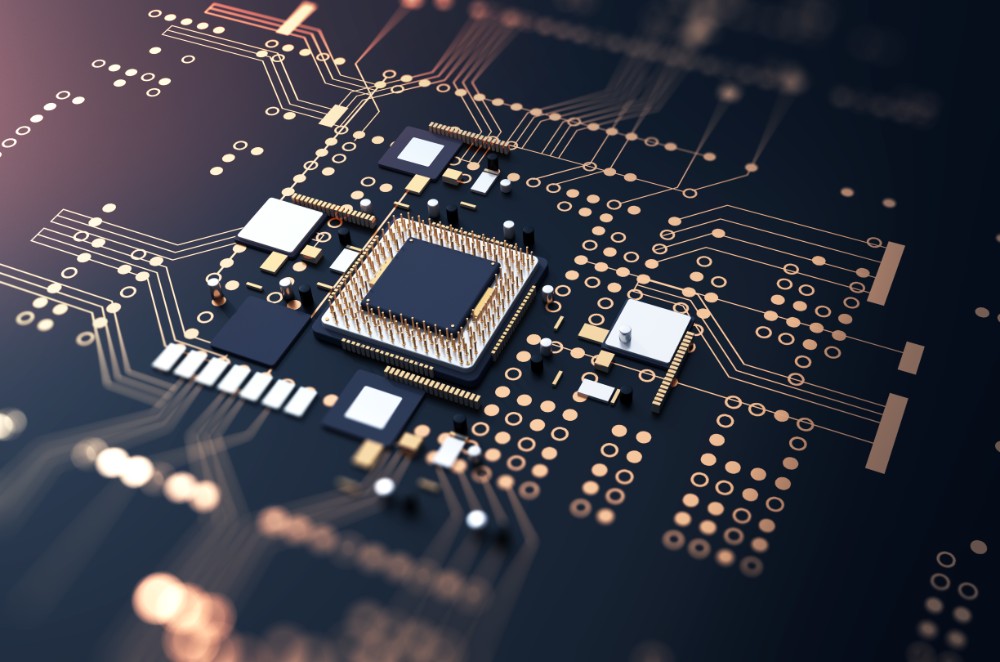
Automatic operation from the controller
Before running the machine, it is necessary to check the entire system, check the safety of people and equipment, and check the power source.
When the system is in operation, the operator needs to check the operating status of the transmission system, check for oil leaks, check vibration, engine temperature, and check the belt load air system.
Manual operation
Allowed start status: Engine is on, alarm system is stopped and there is no empty on line.
Start on the spot: press the button to run and stop the conveyor assembly of electronic components, closely check and monitor the entire operation of the machine.
Operation process of electronic components assembly line
When it comes to assembling electronics, SMT is the most commonly used process in the industry.
Electronic assembly is not simply placing and soldering components on a PCB, but also includes the following manufacturing steps:
Apply solder paste made from tin particles and flux to the PCB
Put the SMT components in the solder paste on the PCB
Solder the board using the rework process .
Glue solder paste in PCB components assembly process
This is the first step in the SMT assembly process. Solder paste is "printed" onto the board by silkscreen printing. Depending on the design of the board, stickers are "printed" on the board using different types of stainless steel stencils and different pastes used specifically for the product.
Using a custom laser cut stainless steel pencil made for this project, solder paste is applied only to the areas where components will be soldered. After soldering on the board, check the 2D solder joint to make sure the glue is applied evenly and correctly. Once the accuracy of the solder paste application has been confirmed, the boards are also moved to PCB components assembly process where the components are soldered.
Arrange and assemble components
Assembled electronic components stored in trays or rolls are loaded into the SMT machine. During the loading process, an intelligent software system ensures that components cannot be switched or loaded incorrectly. The SMT assembler then uses a vacuum pipette to automatically take each component out of the tray or roll and place them in the correct position on the board using pre-programmed XY coordinates. After assembling the SMT, transfer the board to a reheat oven to bond the components to the board.
PCB components assembly process
For soldering electronic components, we use two different methods, each with distinct advantages, depending on the quantity ordered. For mass production orders, the re-welding process is used.
During this process, the circuit board is placed in a nitrogen atmosphere and gradually heated with hot air until the solder paste melts and the liquid evaporates, fused with the components to the PCB. After this time, the plate is cooled. Once the tin in the solder paste hardens, the component is fixed on the board and the SMT assembly is complete.
Esophageal examination AOI
For prototypes or highly sensitive components, we have a dedicated vapor phase soldering process. During this process, the board is heated until the specific melting point of the solder is reached. This allows us to solder different SMT components at lower temperatures or at different temperatures depending on their respective solder temperature profiles.
Welding is the final step of the SMT assembly process. To ensure the quality of the assembled board or to detect and correct defects, most mass production orders undergo AOI visual inspection. Using multiple cameras, the AOI system automatically inspects each panel and compares the appearance of each panel with an exact predefined reference image.
If there are any deviations, the machine operator will be notified of the potential problem, and then correct the error or remove the board from the machine for further inspection. AOI visual inspection ensures the consistency and accuracy of the SMT assembly manufacturing process.
Necessary criteria of electronic components assembly line
Assembly lines used in the field of assembling electronic components need to be able to transport small items, move gently, avoid shocks and have a stable speed. A PCB components assembly process includes:
Stainless steel frame, impact resistant.
Belt control system with adjustable speed.
PVC rope is elastic, flexible and wear-resistant.
The motor runs smoothly and saves electricity.
The production line can be upgraded to more floors or workbenches for easy assembly.
Avoid collisions when operating
Benefits of electronic components chain system
The system offers a number of outstanding benefits:
Speed: The use of automatic lines instead of workers is beneficial to optimize the production and assembly speed of enterprises.
Stability: The PCB components assembly process is manufactured according to international standards and always operates stably.
Operating costs: It is clear that the line system to replace workers, continuously operating is always the solution to help businesses maximize costs.
Above is some information about the process and benefits of the electronic assembly line system that we send to our readers. Hope the article will bring many benefits for businesses to refer. If you have any questions, feel free to contact us!
-
No comment





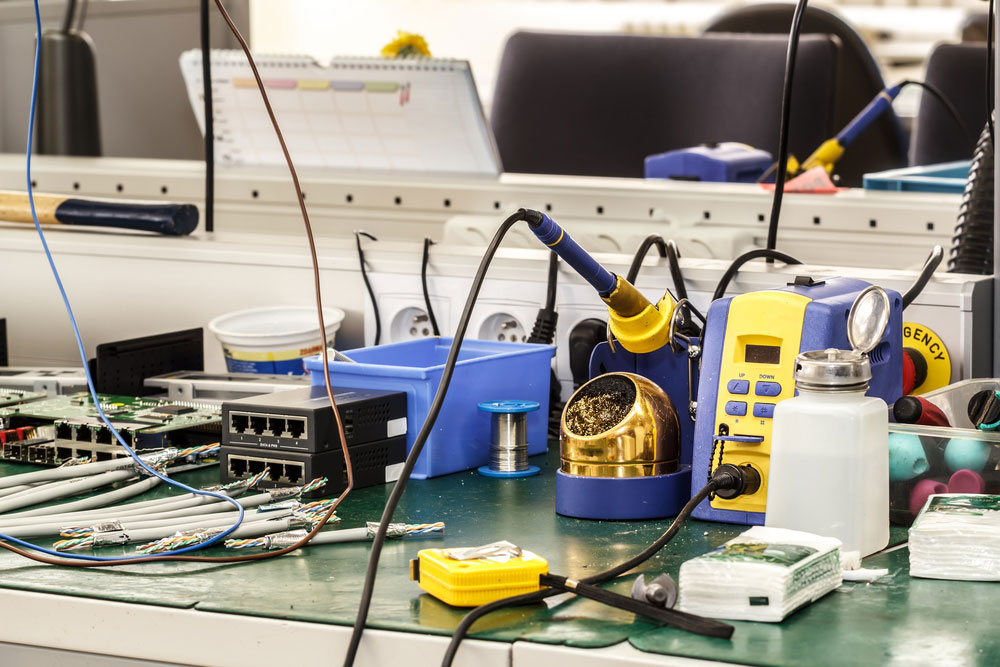
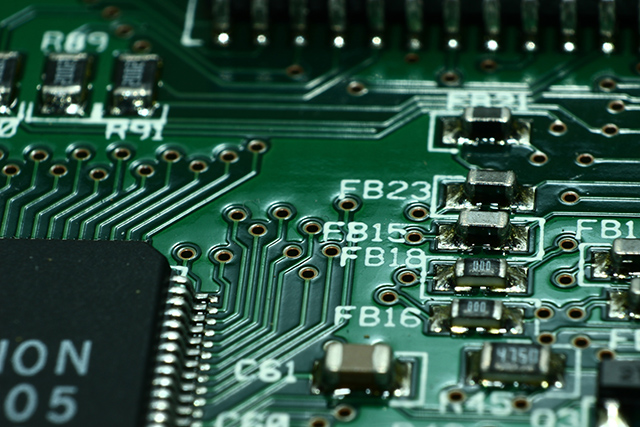
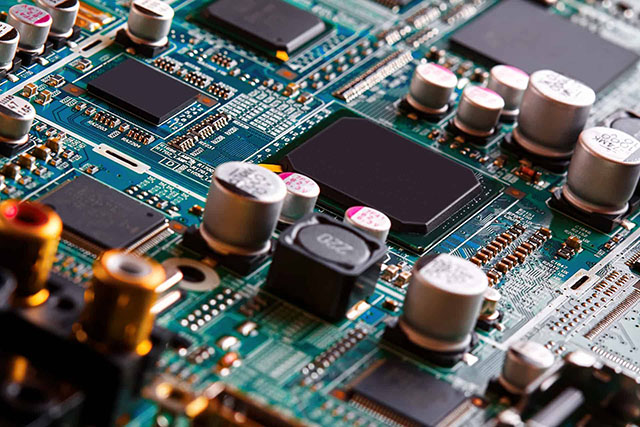
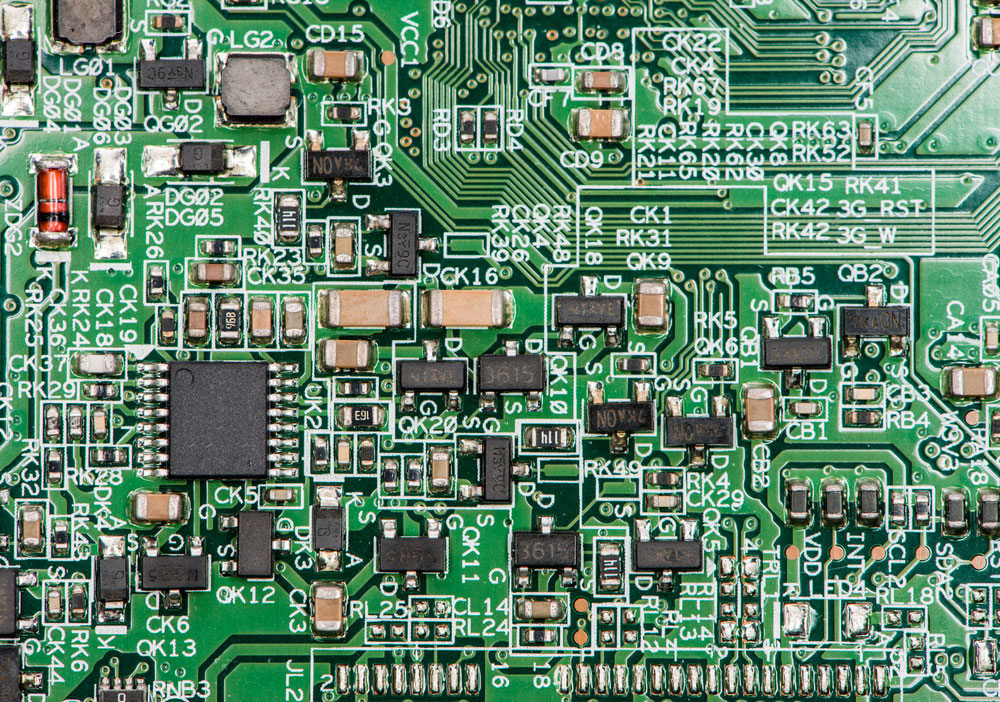



 tel:+86-18825224069
tel:+86-18825224069 email:
email:





















